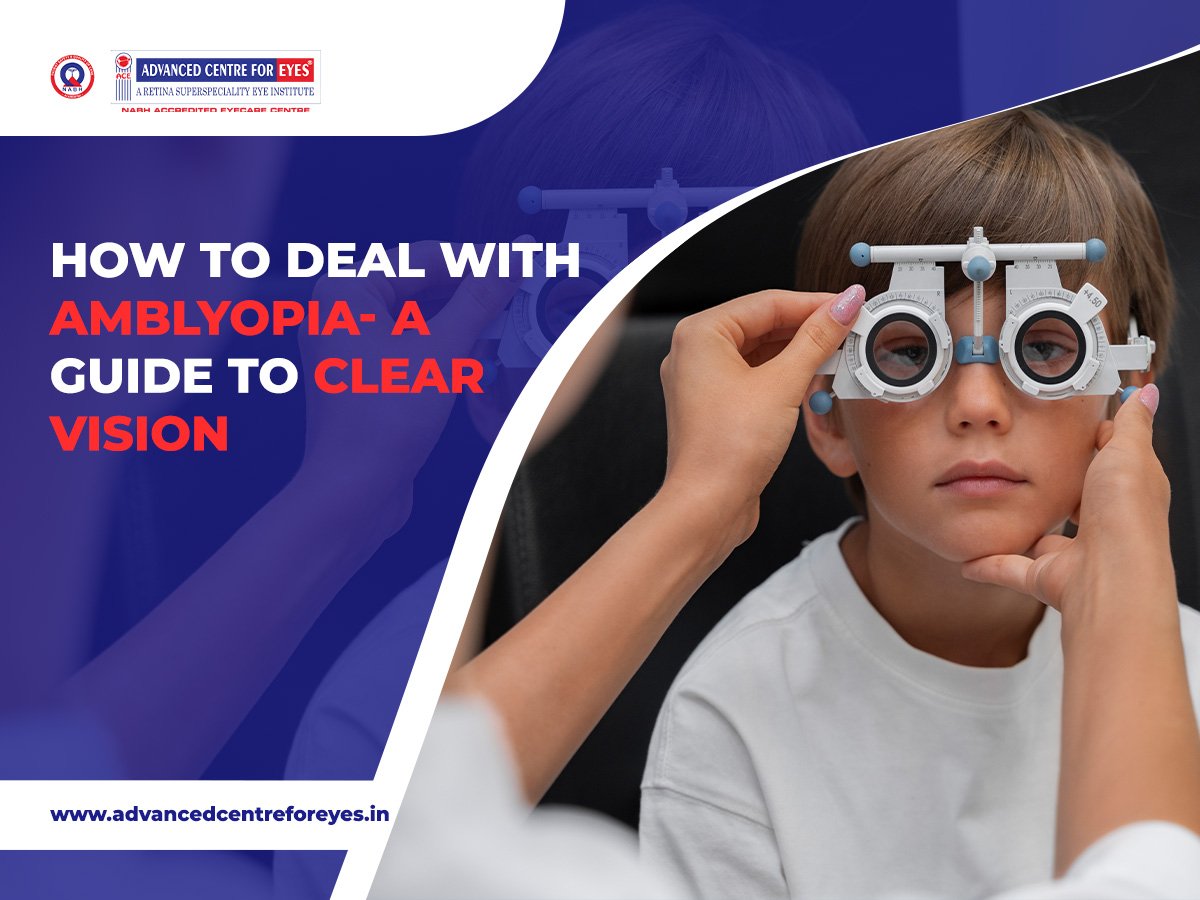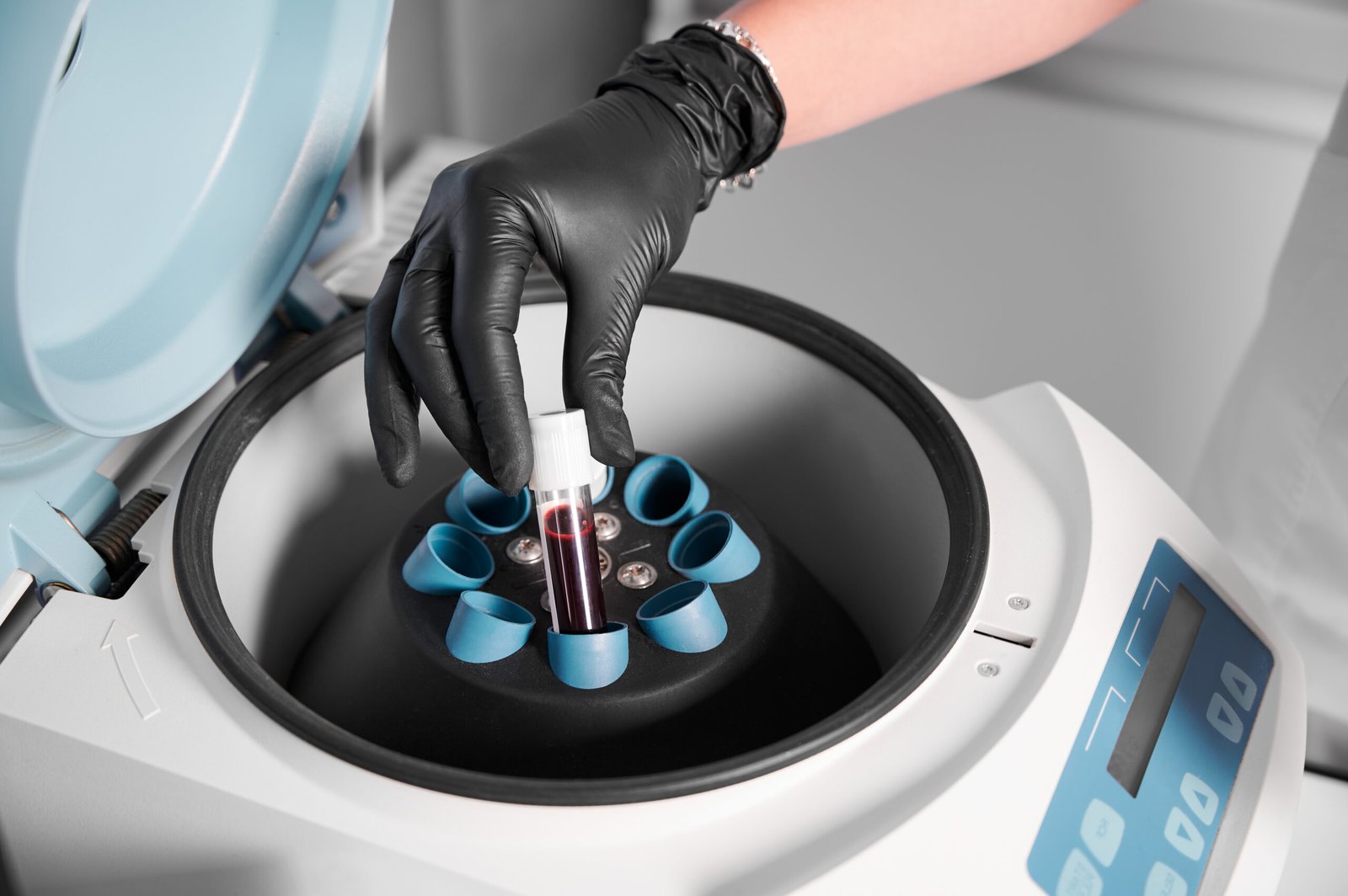ROP Screening And Laser Therapy
- Home
- ROP Screening And Laser Therapy
ROP Screening And Laser Therapy
Retinopathy of Prematurity (ROP) is a potentially serious eye condition that affects premature infants. ROP screening and laser therapy are crucial in identifying and treating this condition to prevent vision loss or impairment.
Advantages of ROP Screening and Laser Therapy:
- Early Detection: ROP screening allows for the early detection of the condition, which is essential for timely intervention. By monitoring the development of blood vessels in the retina, healthcare professionals can identify any abnormal growth patterns and initiate appropriate treatment promptly.
- Prevents Vision Loss: Laser therapy, also known as laser photocoagulation, is a common treatment for ROP. This procedure uses a laser to target and destroy abnormal blood vessels in the retina. By doing so, it helps prevent further progression of the disease and reduces the risk of vision loss or blindness in affected infants.
- Customized Treatment: ROP screening and laser therapy are tailored to each individual’s specific needs. The severity of ROP can vary, and the treatment approach is adjusted accordingly. Healthcare professionals closely monitor the progression of the disease and determine the optimal timing and intensity of laser therapy for each case.
- Long-term Benefits: Early intervention through ROP screening and laser therapy can provide long-term benefits for infants with ROP. By preventing severe vision impairment or blindness, these interventions support the child’s visual development, allowing them to reach their full potential in terms of visual abilities and overall growth.
Types of ROP Screening and Laser Therapy:
- Indirect Ophthalmoscopy: This is a common method used for ROP screening. It involves using a handheld lens to examine the retina and identify any abnormal blood vessel growth or other signs of ROP.
- Digital Retinal Imaging: Digital retinal imaging is an advanced technique that captures detailed images of the retina. These images can be analyzed and monitored for any signs of ROP, allowing for more accurate diagnosis and treatment planning.
- Laser Photocoagulation: Laser therapy is the primary treatment for ROP. It involves using a laser to create small burns on the peripheral areas of the retina. This destroys abnormal blood vessels and reduces the risk of complications.
- Anti-VEGF Injections: In some cases, anti-VEGF (vascular endothelial growth factor) injections may be used as an alternative or adjunct treatment for ROP. These injections help suppress the growth of abnormal blood vessels in the retina.





